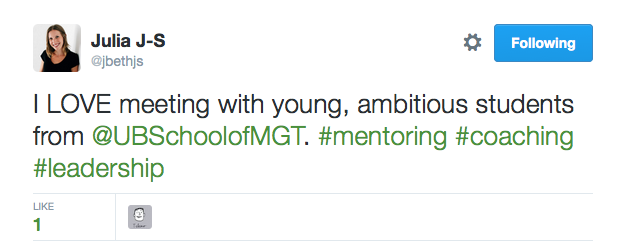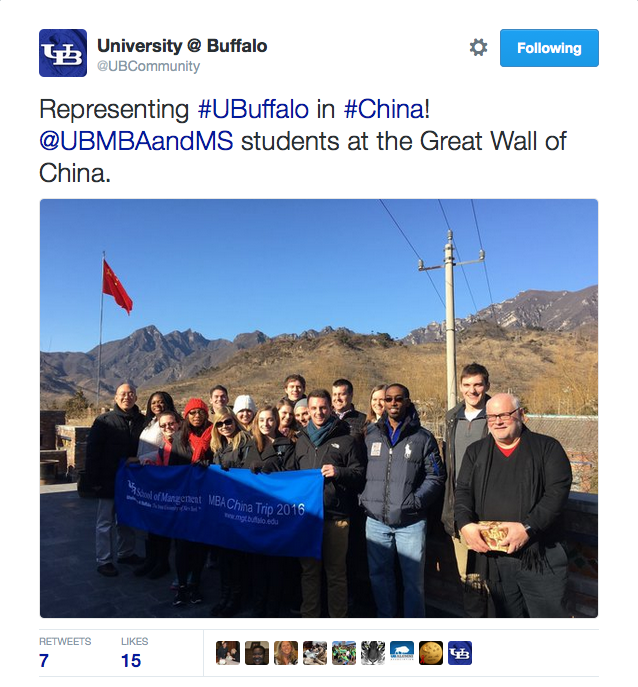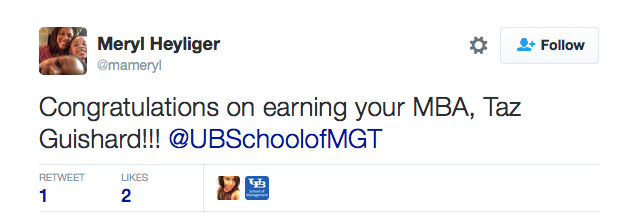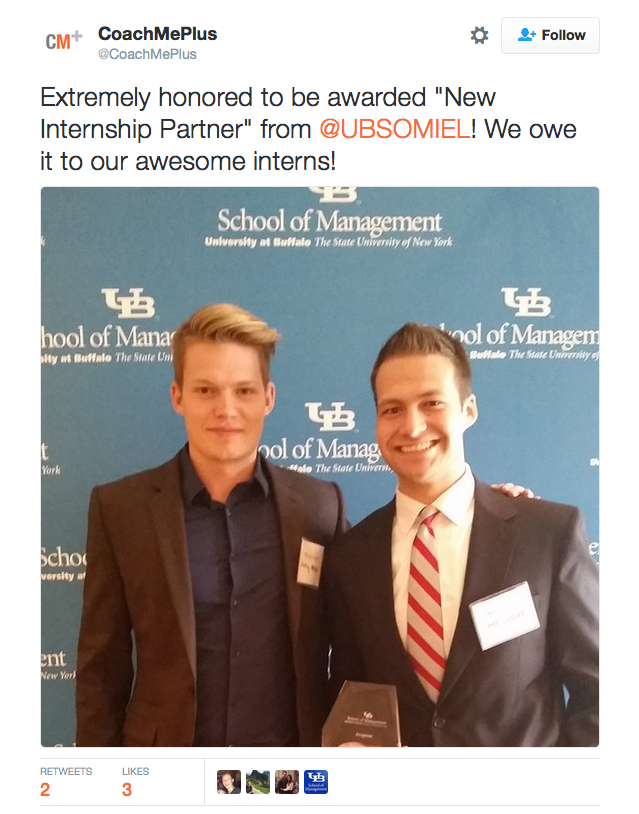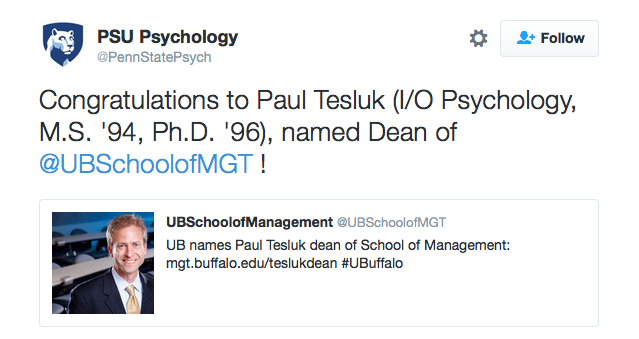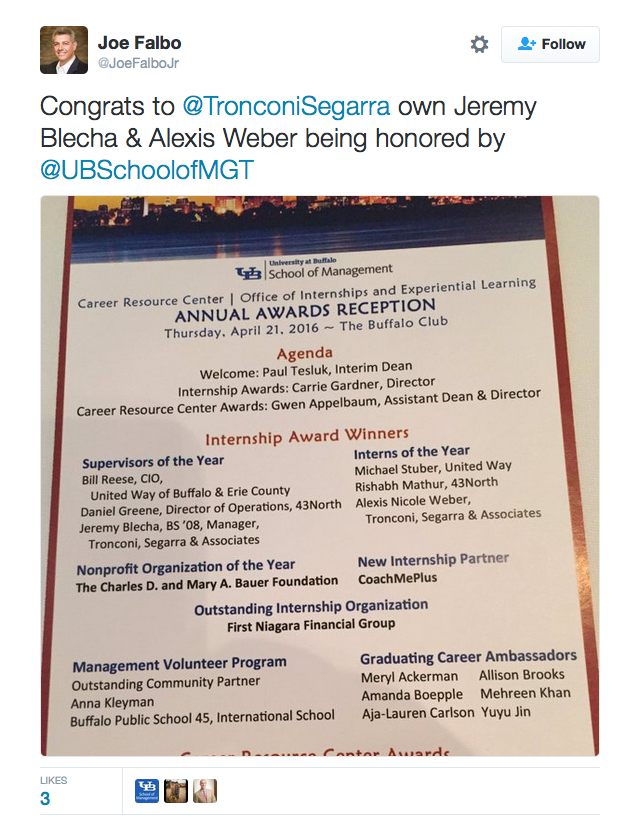Startups
On this page:
Here is how we tell our story
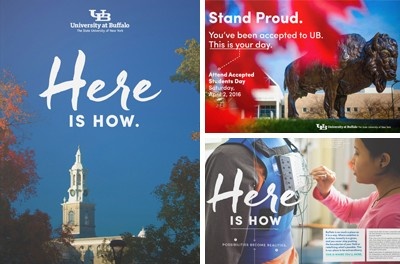
The University at Buffalo did more than unveil a new identity and brand strategy in April. It launched a new way to tell the UB story boldly and authentically — in a way that shines a spotlight on the people who make the university exceptional and distinctive.
Never before has UB embarked upon a strategic, university-wide approach to consistently communicate its mission and impact on the world. In spring 2015, the university began a journey of self-discovery, prompted by a changing higher education landscape and a need to strategically communicate its distinctive and differentiated reputation in a clear and meaningful way.
The new strategy features two key components, both of which resulted from a yearlong process involving the expertise and input of thousands of alumni, students, faculty, staff, prospective students and community members.
The first component is a brand framework that conveys UB's distinctiveness. It is a university-wide strategy that defines who we are, what we do and why it matters. Based around a concept called "Here is How," it presents UB as an extraordinary university in an extraordinary city - an institution that represents not only a place, but also a unique way of getting things done.
"'Here is How' captures UB's unique personality, expressing distinctive traits and attributes identified over several months during the initiative's research phase," said Nancy Paton, vice president of communications. "UB is an ambitious and inclusive community of big thinkers and doers. We are tenacious in pursuit of our goals, and we bring a global context to all that we do."
The School of Management has been actively contributing to this effort since its inception, and you will see stories throughout all our communications that showcase how our alumni, students, faculty and staff make an impact on our global society.
Just as important as the "Here is How" framework, the new identity and branding initiative is focused on clearing up longtime confusion about the university's name, Paton said.
For what may be the first time in UB's history, all of the university's schools and units will be aligned under one official name: the "University at Buffalo," with the interlocking UB as the official university logo. UB's affiliation with the State University of New York will continue to be a major part of the university's name, particularly for international markets where the SUNY name is widely known and valued.
UB's long-term identity and brand strategy will be fully implemented over the next several years, and its ultimate success will be measured over time — in increased recruitment of the best and brightest students, faculty and staff, and increased research funding, awards and championships.
School of Management passes accreditation review with flying colors
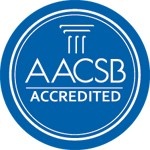
The School of Management has once again been accredited by AACSB International-The Association to Advance Collegiate Schools of Business. AACSB accreditation is the hallmark of excellence in business education and has been earned by less than 5 percent of the world's 16,000 business programs.
The school has been continuously accredited by AACSB International since 1930. Accreditation maintenance review is conducted every five years and includes all of the school's undergraduate, master's and doctoral business and accounting programs.
"It takes a great deal of commitment and determination to earn and maintain AACSB accreditation," said Robert D. Reid, executive vice president and chief accreditation officer of AACSB International. "Business schools must not only meet specific standards of excellence, but their deans, faculty and professional staff must make a commitment to ongoing continuous improvement to ensure that the institution will continue to deliver the highest quality of education to students."
In their report to the AACSB accreditation board, the peer review team lauded the School of Management for its clear, strategic direction, strong faculty, highly ranked MBA programs and curricular innovations, as well as an exceptionally talented professional staff and strong international footprint.
They also commended the school for providing significant opportunities for students to engage with the profession and the community, and for new and enhanced undergraduate student support services, particularly the new Undergraduate Learning and Community Center.
The school will undergo its next accreditation review in 2020-21.
U.S. News and Bloomberg Businessweek again rank School of Management

U.S. News and World Report and Bloomberg Businessweek have again ranked the School of Management as a best business school.
In March, the School of Management was ranked No. 81 out of 470 MBA programs surveyed. The MBA ranking is part of U.S. News and World Report's list of "America's Best Graduate Schools."
The ranking is based on three major areas: quality assessment, placement success and student selectivity.
In addition, Bloomberg Businessweek ranked the School of Management in April as one of the nation's "Top Undergraduate Business Programs." The UB School of Management vaulted 37 spots to No. 85.
Five sources contributed to the undergraduate ranking: a student survey (30 percent), a recruiter survey (20 percent), median starting salaries for graduates (10 percent), the number of graduates admitted to 35 top MBA programs (10 percent), and an academic quality measure (30 percent).
Self-navigating boat startup sails into first place in UB entrepreneurship competition
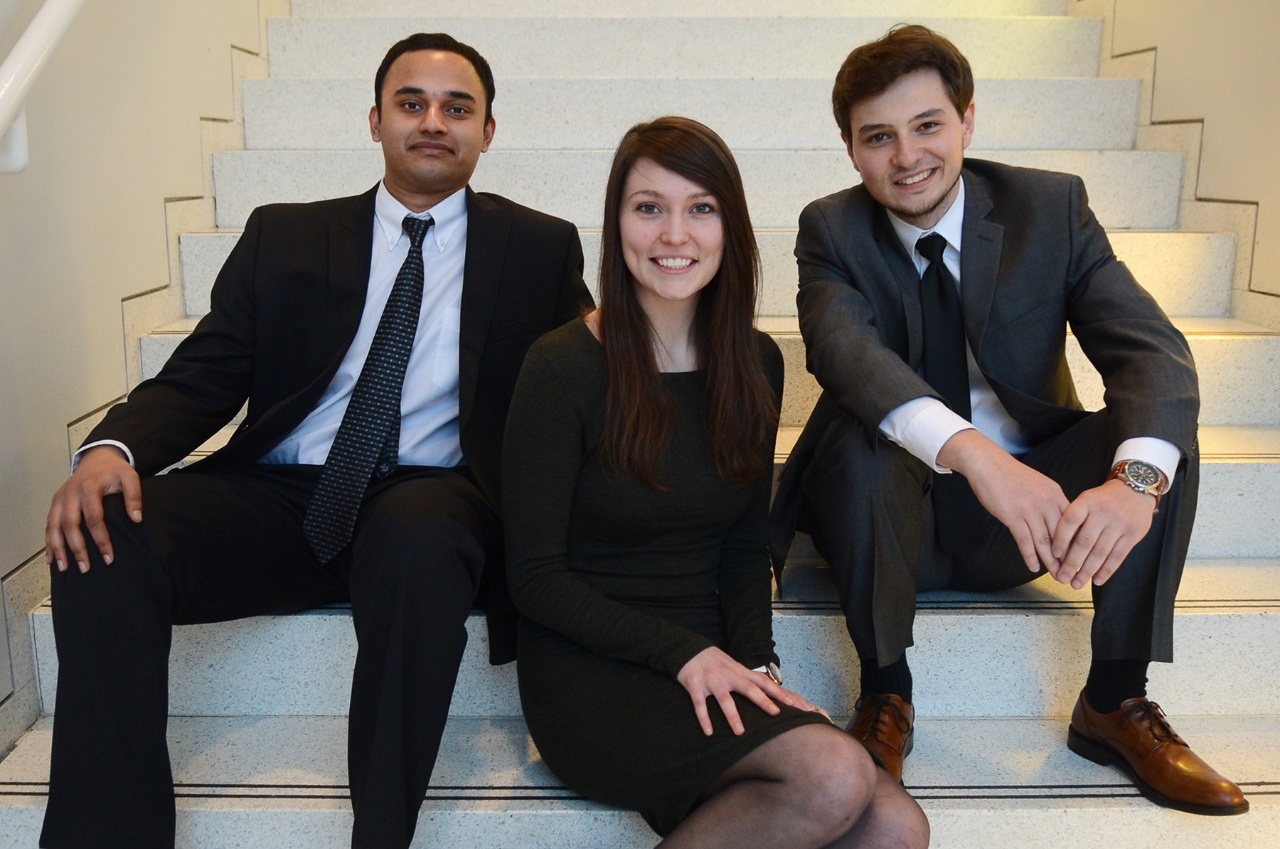
2016 Panasci winners (from left) Vikram, Reynolds and Zhitelzeyf. Photo: Nancy J. Parisi
Thiru Vikram, Emilie Reynolds and Alexander Zhitelzeyf, all UB engineering students, took first place in this year's Henry A. Panasci Jr. Technology Entrepreneurship Competition (Panasci TEC) for a robotics startup that makes and sells self-piloting technology and automation tools to ship operators.
They will receive $25,000 in startup capital, plus in-kind services valued at more than $27,000 for their company, Buffalo Automation Group.
The system uses data from onboard sensors and other marine navigation aids to recognize navigational hazards and automatically steer around them. The group plans to aggressively expand in the Great Lakes market. Making boats smarter means fewer collisions and lower insurance costs, according to Vikram, the company's CEO.
The winning team has taken advantage of the rapidly expanding entrepreneurship ecosystem at UB and in the Buffalo Niagara region. They've tapped into resources at the School of Management's Center for Entrepreneurial Leadership (CEL), UB's Office of Science, Technology Transfer and Economic Outreach (STOR) and UB's new Blackstone LaunchPad. They also participated in the 2014 Elevator Pitch competition at UB's Entrepreneurship Academy and worked at the Buffalo Student Sandbox. They now operate out of the UB Gateway Building as part of Gov. Andrew Cuomo's Start-Up NY tax-free business program.
Other new venture ideas included a precious metal retrieval unit used to recover and reuse pricy metals; a medical product company that proposes a superior healing alternative for conventional tissue vessel grafts in vascular surgery; a cloud-based application to capture and preserve a family's oral history; and a social network for learning new languages.
Now in its 16th year, Panasci TEC was created by the School of Management and STOR and is funded with a $1 million endowment from the late Henry A. Panasci Jr. Hosted by the CEL, the event brings together UB students from science, technology, business and other disciplines to maximize their potential and create viable businesses in Western New York.
Costello receives Chancellor's Award

Costello
David Costello, MBA ’84, has been awarded the SUNY Chancellor's Award for Excellence in Professional Service. As director of information technology and assistant dean in the School of Management, Costello is responsible for classroom support, project management for all major technology-based projects for the school, and facilities management for both of the school's buildings. He joined the school in 1997 and, with a staff of five, supports and maintains the school's infrastructure of more than 450 computers, 13 technology-equipped classrooms and a 30-workstation student computer lab with nine student lab consultants.
Directly responsible for multiple databases that support critical school operations, Costello oversees all applications contributing to the functionality of the school's website and its business processes for faculty and staff. More broadly, he formulates IT strategy for the school and leads its efforts in evaluating new technologies and network security protocols. Costello is co-chair of the school's digital communications committee and serves as a liaison to UB's CIO and IT directors. He also led the school's largest facilities expansion project in the last decade: the new Undergraduate Learning and Community Center.
"The outstanding quality of Dave's work, his commitment to excellence, his dedication to service and, most important, the expansive impact of his leadership on the school, the university and beyond make him a most worthy candidate for the Chancellor's Award," said Dean Paul Tesluk.
New MBA concentration in data analytics
According to computer giant IBM, we create 2.5 quintillion bytes of data every day, and 90 percent of the world's data has been created in the last two years.
With so much information coming from everywhere, businesses demand employees who can peer into massive databases and profit from what they find.
"After communications skills, this is the number one request of our students from employers — analytical ability," said Erin O'Brien, assistant dean and director of graduate programs.
This demand has driven the School of Management to create a concentration in data analytics for full-time MBAs. The concentration will serve as a companion to traditional concentrations and begin in the second semester of the MBA program with a data modeling course taught by Frank Krzystofiak, associate dean of executive education and associate professor of organization and human resources.
The following summer, students will participate in online learning that gives them a broad introduction to data analytics tools like SAS (Statistical Analysis System) and basic statistical programming languages like R and Python.
MBAs will choose from currently available electives in marketing, health care and finance analytics that focus on data management and analysis. In addition, the school has created two new courses as part of the concentration: "Marketing Analytics for Data-Driven Decision-Making" and "Health Care Marketing and Analytics."
"We're giving our students the skills they need to use big data to make business decisions and tell a story that adds value for their future employers," said O'Brien.
What's Trending?
School of Management conversations in social media
